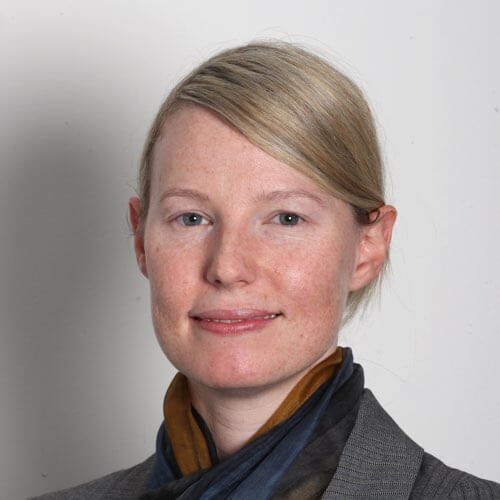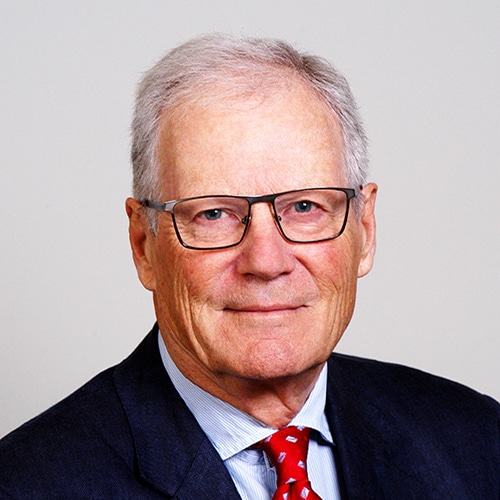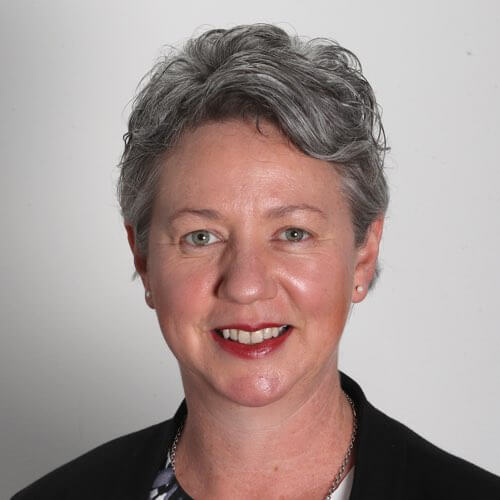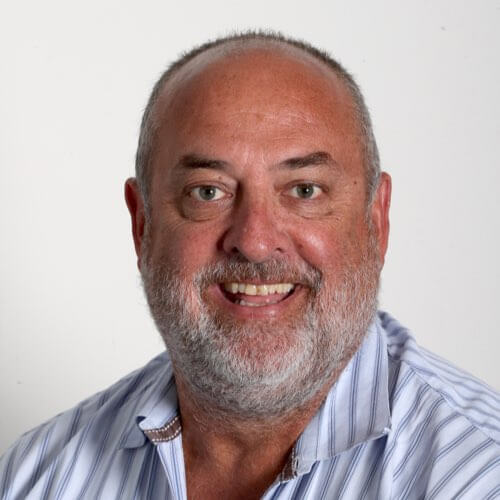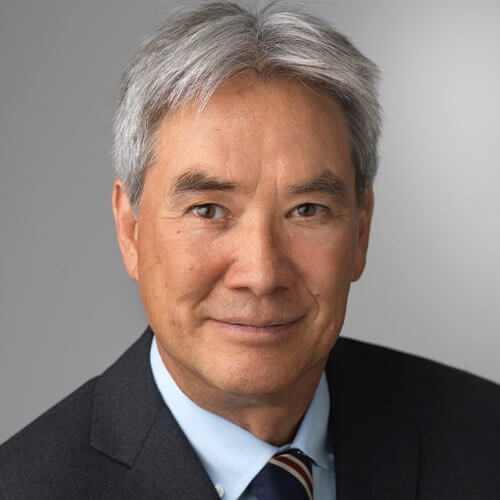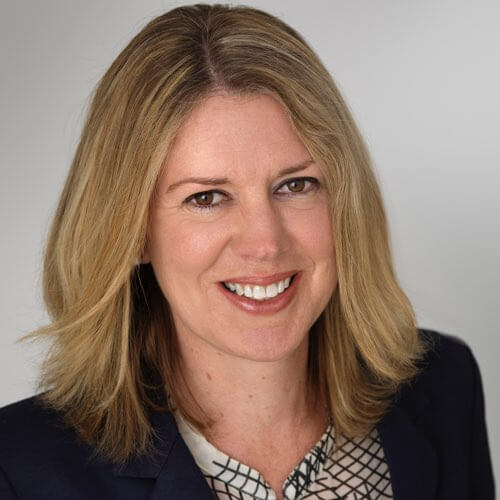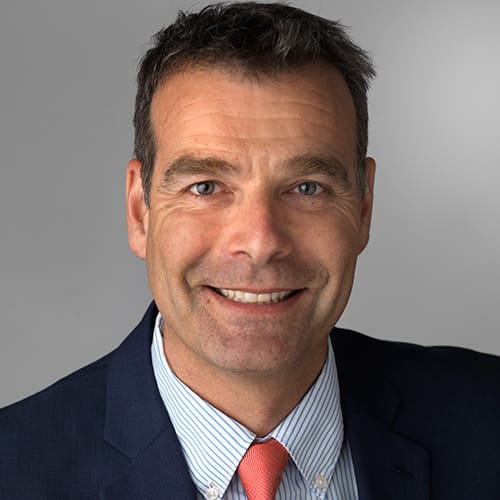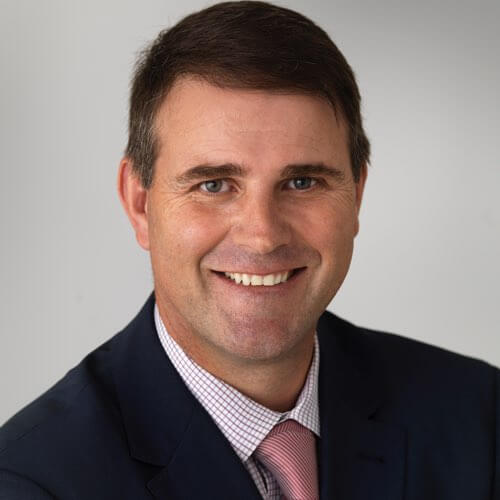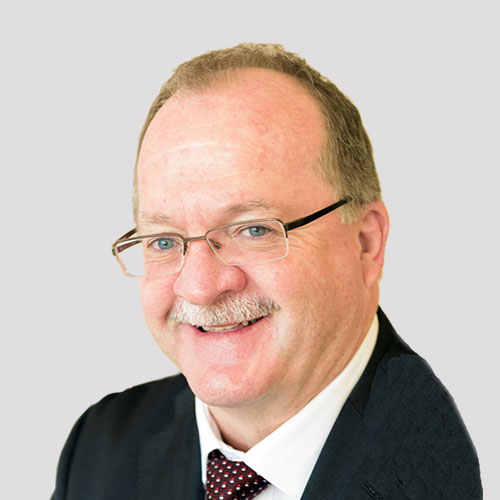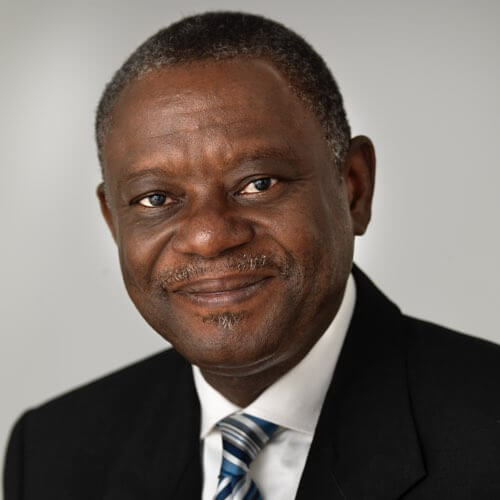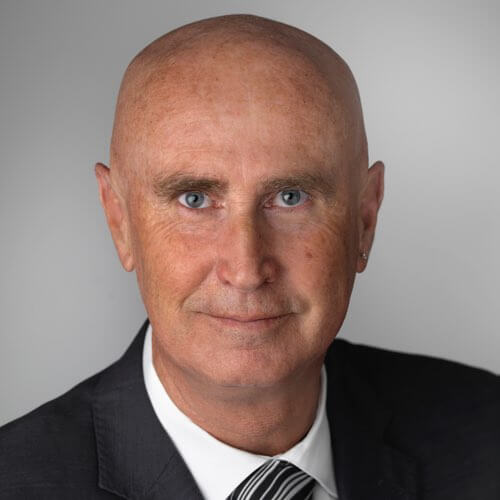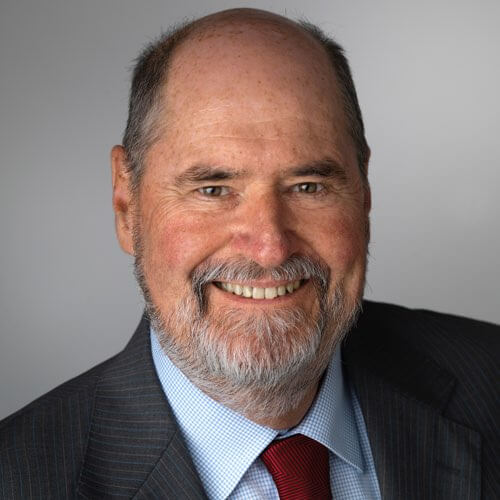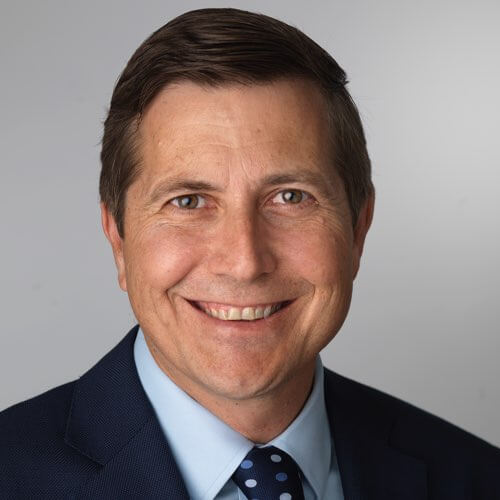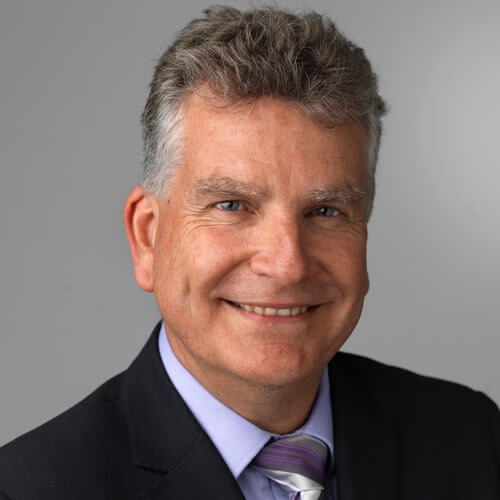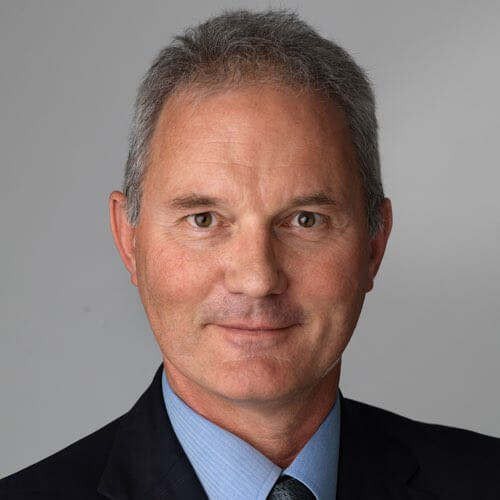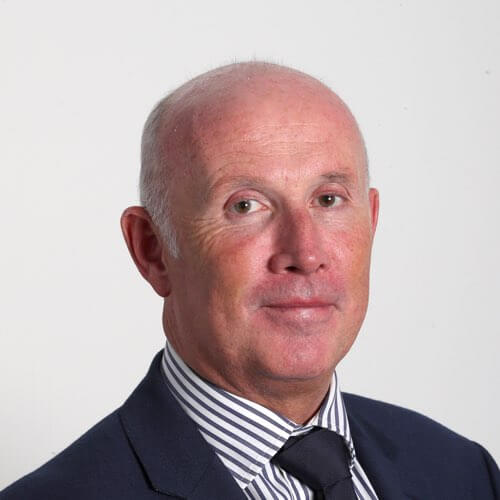Environment and Responsible Operations
Approach
Our operations align with the international Standard ISO 14001:2015 – Environmental Management Systems as well as the environmental regulations of our host countries. Potential impacts on water, air quality, soil, visual aesthetics and biodiversity were assessed during the Environmental and Social Impact Assessment process conducted for all operations during their design phase, in line with international standards and in consultation with our stakeholders. Management plans are implemented during construction and operation to manage risks, complimented by risks assessments conducted in line with our Risk Management Framework. Robust environmental monitoring programs are in place to identify prevent or mitigate impacts.

Tailings
We recognise that the management of tailings – the residual, slurry-like material left after gold is extracted from ore and stored in a Tailing Storage Facility (TSF) – is of concern to our stakeholders.
We are committed to preventing loss of containment and other environmental and social impacts from our TSFs across their lifespan, in line with widely supported international good practice, governance and risk management.
From concept stage, TSFs location and design are integrated into our mine development and operational planning, including engaging with local communities, collecting baseline information to inform decisions throughout the TSF life, and impact assessments. The location, selection and design of our TSFs are in line with the Australian National Committee On Large Dams (ANCOLD) standards and local regulations. Management measures developed from these assessments are integrated into our licence conditions, site operational plans and HSEC plans. All TSFs include leak and stability detection systems.
Independent experts design all TSF lifts and expansions, with construction monitored closely through quality assurance and control.
During operation, we carry out monitoring, surveillance and auditing to check the facility functions as intended and change facility management as required. We maintain operating discipline of our TSFs in accordance with their ANCOLD consequence category and design standards, and country-specific regulatory requirements (where applicable). Emergency Preparedness and Response plans are in place at each operation, including for tailings dam failures in line with the TSF risk profile. Routine training and drills on our Emergency Plans include desktop exercises and simulations.
In FY22, we updated all our tailings dam break assessments to align with updated ANCOLD Standards and the Global Industry Standard on Tailings Management (GISTM) and completed gap analysis against the GISTM. We completed independent review and update of our approach to closure cost estimation. Furthering a record of success that has seen no failure occur in the life of any of our tailings facilities, in FY23, there were no significant TSF failures within our operations. All TSF complexes at the sites were independently assessed and deemed competent for the continual impoundment of tailings.
We aim to be transparent in disclosures related to our TSF management. A detailed directory of TSFs, including location, raising methods, heights, volumes, risk ratings and other technical details can be found in the Investors and Media Reports section of the website.
Case Study: Yaouré Tailings Dam Raise
In FY22, we prepared for and successfully completed the first raise of the Tailing Storage Facility (TSF) at Yaouré. The lift increased the
capacity of the TSF by lifting the embankment by 3.2m from 282.5mRL to 285.7mRL, providing sufficient tailings storage for a further 12 months
of continued operations (to mid-2023).
The Yaouré TSF is located in the Bandama River catchment, five kilometres upstream of the Bandama River, downstream of Lake Kossou. The river and lake are rich in biodiversity, supporting globally threatened and vulnerable IUCN Red Listed mammal, bird, fish, reptile, amphibian and tree species. Downstream of the TSF is the village of Kouakougnanou and a powerline critical for hydroelectric power supply in the region. The river and lake are important for our local communities and are used for drinking, sanitation and irrigation purposes.
Given the TSF location, it was critical to ensure that the lift was conducted to the highest possible standard to manage social and environmental risks. This included:
- Design by an industry leading independent expert (Knight Pièsold), complying with ANCOLD and new GISTM guidelines for safe design and operation of tailings dams;
- Ensuring the design adhered to embankment stability requirements and incorporated calibrated modelling for water management and tailings consolidation. This included building an additional decant tower as part of the TSF raise, allowing water to be efficiently withdrawn from the tailings facility and continually recycled back through the processing plant;
- Risk assessments for all elements of construction, design and assessment of the facility, based on the ANCOLD and GISTM guidelines; and
- Full lining the TSF with a HDPE geo-membrane liner (overlying a low permeability compacted soil liner) to reduce seepage from the TSF. A textured HDPE liner was installed on the embankment upstream faces for safety reasons.
With these measures, we have exceeded the safety standards of local and international governing bodies.
As part of the construction process, the underlying fundamentals for Quality Assurance and Quality Control (QA/QC) were maintained. This was achieved through:
- Independent QA/QC on all material placed by Knight Pièsold engineers present on site throughout construction. This was reported on a daily, weekly, monthly and quarterly basis. Laboratory and field testing was completed by an independent laboratory managed by Knight Pièsold;
- Periodical reviews of all QA/QC data by the Knight Pièsold Design Manager to ensure integrity and adherence to design compliance;
- Each layer of fill placed was approved by the Knight Pièsold site engineer;
- The geomembrane was installed and tested in accordance with the manufacturer’s requirements and the Technical Specification, to ensure that all welds were completed to the required standards. A detailed walkover inspection was completed to ensure the liner area was free of defects; and
- Adherence to the Operating Manual, which was assessed during the Annual Audit by the Engineer of Record (Knight Pièsold).
The Yaouré TSF design includes a full basin liner, internal drains to improve stored tailings density, a leakage collection and recovery system and a decant system design to optimise water recycling. These measures all act to mitigate any seepage into the environment. Perseus is proud to have built a worldclass facility that meets international standards, contributing to a cleaner, safer and more sustainable mining industry.
Waste Management and Hazardous Materials
Mining and processing ore for gold production requires the use of hazardous materials and generates non-hazardous and hazardous waste. We are committed to preventing impacts to human health and soil or water contamination from hazardous materials and waste.
Hazardous materials we use at our operations include lime, flocculants, caustic soda, hydrochloric acid, explosives, and cyanide. We proactively manage and monitor all cyanide transport, handling and storage processes, in line with the International Cyanide Management Code (ICMC). Our Operational Emergency Preparedness and Response Plans enable us to prepare for site-specific chemical or hazardous material or waste releases. Plans include regular training and drills to maintain our capability to respond.
Waste rock and overburden is our largest waste stream by volume. We deposit it onsite on appropriately engineered waste rock dumps or use it to backfill pits. We manage waste rock that is potentially acid generating (PAG) to prevent Acid Rock Drainage (ARD).
Tailings are our largest hazardous waste stream by volume, which are disposed to our TSFs.
Our most significant streams of non-hazardous waste include metals, cardboard, glass, plastic and aluminium. General household waste and organic wastes is disposed of via onsite landfill. Items such as unused food, scrap metal, plastic bottles and wood may be donated.
We commit to implementing effective systems to address the health, safety and environment risks of transporting, storing, handling and disposing waste and hazardous materials. Sustainable waste management is achieved through established reduction, re-use and recycling as appropriate and suitable waste disposal strategies.
Dust, Noise, Blast and Vibration
We seek to avoid or mitigate impacts on our workers, local communities and the environment arising from noise, dust, blasting and vibration associated with our operations.
All our operations monitor noise, dust and blast-induced overpressure and vibration to ensure we meet legal requirements, occupational health and safety standards and local community expectations. We also track and monitor any grievances associated with noise, dust, vibration and building damage.
We monitor employee and contractor exposure to dust, noise and vibration, and provide all personal protective equipment, including hearing protection, dust masks and other breathing apparatus, where exposures may be above safe occupational exposure limits.
All grievances raised by stakeholders relating to dust, noise, blast and vibration are investigated, and corrective actions taken as appropriate.

Biodiversity & Land
We recognise the importance of biodiversity conservation, the need for properly designated and managed systems of protected areas, and integrated land use planning, and aim to protect ecosystems and minimise or avoid biodiversity impacts and land disturbance. We will not explore or mine in World Heritage Areas and respect legally-designated protected areas.
Key biodiversity risks at our operations include land clearing, habitat loss/fragmentation and fauna disturbances due to light, noise and vehicle movements. We may also contribute to indirect impacts, include water quality and availability for ecosystems, soil degradation, bushfire, the introduction of weeds, feral animals and invasive pests, and human in-migration resulting in habitat loss. Our Yaouré and Sissingué operations are located close to river systems and IUCN Red List species are present adjacent to each of our operational areas.
We manage biodiversity risk at our operations by applying an established mitigation hierarchy (avoid, mitigate, rehabilitate and, where appropriate, apply compensatory measures) to any potential or residual adverse impacts on freshwater or terrestrial ecosystems.
Closure
Closure planning is integrated into the entire life cycle of our operated assets, from design through operation to closure and beyond.
While we manage the associated financial, environmental and social risks, our aim is to leave a positive legacy and optimise closure outcomes in consultation with local communities and other stakeholders.
During design, we develop Closure Plans for each operation, which include the approach to shaping landforms, rehabilitating vegetation, removing infrastructure, as well as re-purposing and social closure programs such as livelihood development. The plans are also used to calculate our closure provisions and the bank guarantees held by governments for each of our operations, which are reviewed annually.
During operation, we back-fill pits as much as possible, and progressively rehabilitate as areas become available, supported by onsite nurseries staffed by local community members. We also seek opportunities to partner with our communities and governments to identify post-closure land uses that generate enduring environmental, social and economic value, particularly self-sustaining social programs.
Water Stewardship
We recognise access to safe, clean water as a basic human right and central to maintaining healthy ecosystems, community livelihoods and quality of life, and to the sustainability of our business – we cannot operate without it.
We aim to be responsible stewards of water, responsibly planning and managing water resources and risks relating to water availability, usage, consumption and quality. While we must ensure secure supplies of suitable quality water for our operations, we must also ensure clean water is available for our communities, and the environments and catchments in which we operate. We also seek to avoid any negative impacts on surface and ground water quality in our land areas, and work with our communities to improve and safeguard their access to safe drinking water.
We maintain water balance information at each of our operations, seek to maximise water use efficiency and recycling, and ensure our activities do not contaminate shared water resources.
As a key operational control, we monitor the quality of abstraction sources and discharges against reference locations outside our operations, and international and local guidelines. Water is regularly tested for contaminants associated with our activities, as well as physical and chemical characteristics such as pH, suspended solids, and nutrients.
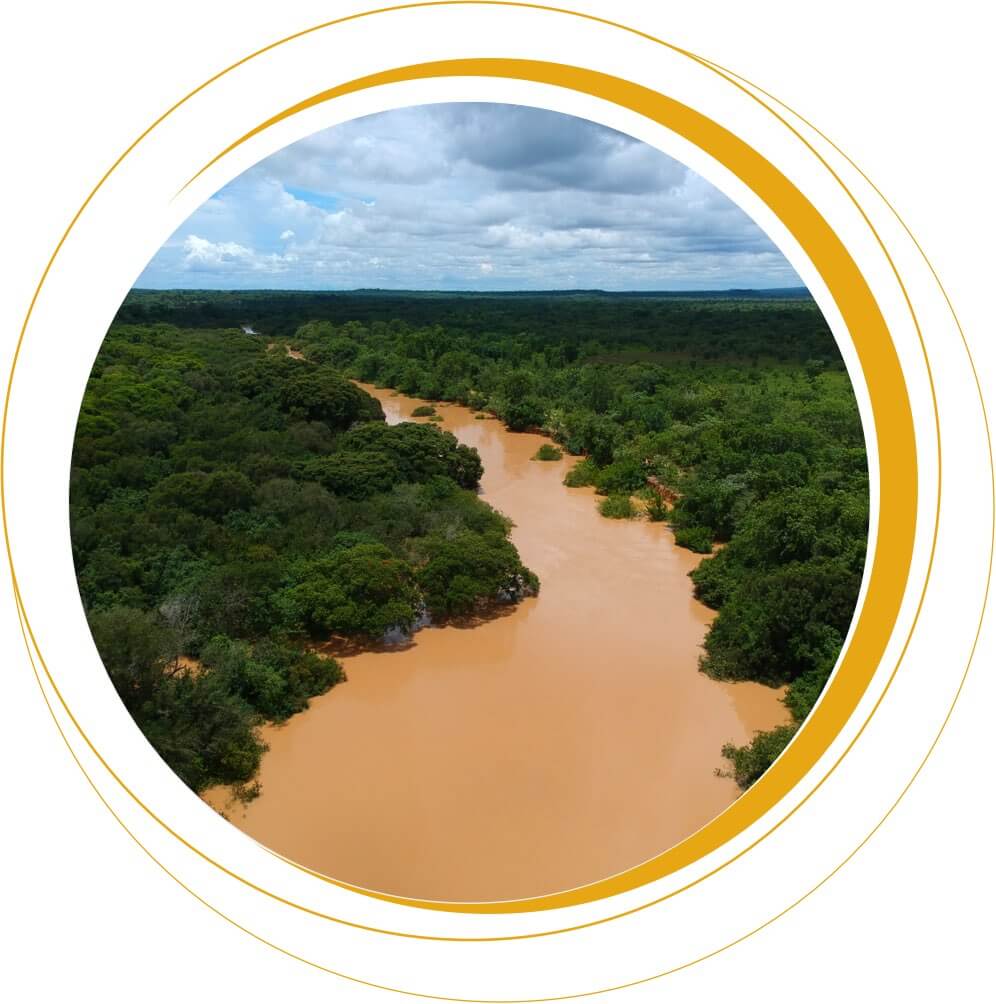

ENERGY & Climate Change

As an organization, we are committed to understanding and managing potential risks and opportunities of climate change on our business and our stakeholders and integrate this into our strategy. We assess and disclose these guided by the Taskforce on Climate-Related Financial Disclosures (TCFD) framework, the internationally recognised framework for disclosing climate-related risks.
We acknowledge that as an extractive resources company, Perseus has a role to play in responding to the risks presented by climate change. We also believe climate change and climate-related risks and impacts (transitional and physical) are long-term considerations. The 2015 Paris Agreement, signed by Ghana, Côte d’Ivoire and Sudan, commits signatories to working towards limiting global warming to ‘well-below 2 degrees Celsius’ above pre-industrial levels and net zero by 2050. We support these commitments by our host countries.
Our context
In alignment with the TCFD framework, we have assessed the risks and opportunities to Perseus from climate change, including climate-related risks and their potential impact on our organisation, and our strategy to manage these.
Overall, gold’s carbon footprint compared to other mined materials is relatively small, driven in part by the small amount of gold produced globally each year, which is about 3,000 tonnes (compared to for example, 7.3 billion tonnes of coal[1]). Emission intensity levels ‘per US$ value’ associated with gold production are less than other mined products such as steel, aluminium or coal. The World Gold Council estimates gold’s greenhouse gas (GHG) intensity per US$ value (Scope 1, 2 and 3 emissions, upstream and downstream) to be 0.9kg CO2e[2]. Scope 3 downstream uses of gold makes up less than one per cent of gold’s overall annual GHG emissions and much of the carbon footprint is contained within the mining process. This, in combination with the potential for gold to play an important role in technologies that help facilitate the transition to a low carbon economy, provides an optimistic basis for us to maximise potential opportunities to reduce our future carbon impact.
Governance around climate-related risks and opportunities.
Strategy regarding actual and potential impacts of climate-related risks and opportunities on the organisation’s business, strategy, and financial planning.
Risk Management processes used to identify, assess, and manage climate-related risks.
Metrics and Targets used to assess and manage relevant climate-related risks and opportunities.
Strategy and Risk Management
We understand the need to identify and manage climate-related risks on an ongoing basis. Each year, we review our climate change risk, to understand and identify key non-financial and stakeholder related risks and opportunities.
While climate change is a key consideration and focus for many of our stakeholders, its specific impact on our business under short- and medium-term operational conditions is lower than other business risks, such as health and safety, tailings management, and communities and government relations.
The TCFD defines climate-related risk within physical and transition risk categories. Physical impacts may be event-driven (acute) or longer-term shifts (chronic) in climate patterns. Physical impacts may have financial implications for companies, such as direct damage to assets and indirect impacts from supply chain disruption.
Transition risk refers to those potential impacts associated with the transition to a lower-carbon economy and may entail policy, legal, technology and market changes to address mitigation and adaptation requirements related to climate change. Depending on the nature, speed, and focus of these changes, transition risks may pose varying levels of financial and reputational risk. These include climate and energy policy and legal changes in West Africa, the cost of transition to new technologies, changes in supply and demand for gold and the cost of inputs, and potential reputational impact from increasing stakeholder scrutiny of our role in the changing climate, and our impact on surrounding communities.
A price on carbon is a possible transition risk. In West Africa, Côte d’Ivoire and Senegal are exploring carbon pricing as part of policy options to reach objectives of the Nationally Determined Contributions (NDC) and are consulting with stakeholders to assess initial policy design options. We will continue to monitor and assess the opportunities and risks associated with carbon pricing.
The Intergovernmental Panel on Climate Change Sixth Assessment Report[3] (IPCC Report) provides an overview of the state of the climate and projected climate futures, and emphasises the magnitude of changes across the climate system because of human-induced climate change, which affects all regions across the globe. Understanding these changes and projections for our regions of operations informs our climate policy and strategies, including mitigation measures.

Projected climatic changes across Africa include increases in river flooding, heavy precipitation and pluvial flooding, particularly in North Africa. Increases to surface temperatures, drying and drought conditions have been observed across West Africa over the past 50 years[4] and are projected to rise faster than the global average in the 21st century. This is particularly relevant to tropical West Africa due to the small natural climate variability and narrow climate bands that are easily surpassed by relatively small climate changes.
Actual temperatures across Africa have increased with greater mean temperatures and hotter extremes than the global average[5], and continued warming is projected to intensify the extreme weather events and variability.
Our current asset base has relatively low exposure to physical risks, due to our operations’ life of five to eight years. Our immediate focus will remain on other critical sustainability issues and opportunities such as community engagement, health, safety and wellbeing and economic development.
Metrics and Targets
The most significant environmental impacts of Perseus’s business are the emissions associated with our operations. We report on these metrics on an annual basis and work to maximise our energy efficiency and reduce our emissions.
We are exploring options to lower emissions in our operations and considering costs when assessing viable efficiency initiatives. We monitor usage and efficiency metrics for water, energy and emissions which are used as the basis for identification of efficiency initiatives, where assessed as viable.
While our energy consumption mix includes hydropower and natural gas, our largest source of energy is diesel. Accordingly, our Scope 1 and 2 emissions from diesel-generated and purchased electricity represent our primary emission challenge.
There is potential to adopt greater levels of renewable and lower-emission energy, but West Africa presents a challenging environment for renewables, including land and infrastructure security and investment timeframes. We will consider renewable energy in the power assessments for all future new developments.

Future Considerations
We recognise the need to proactively monitor and understand potential impacts of climate change as an organisation and an active member of the communities within which we operate. We will continue to explore ways to reduce the carbon intensity of our current and any potential future operations.
While our current operations portfolio minimise the potential to be exposed to long term climate-related risks, the long-term impacts of climate change must and will be considered in future strategic and operational planning, particularly where the operational life is considered over a longer timeframe through expansions, acquisitions or development projects.
We will simultaneously manage the shorter-term considerations of emissions management, medium term potential carbon constraint mechanisms (carbon prices) and technological developments, as well as monitoring the longer-term landscape within which future business decisions will be made.
[1] Gold and climate change: An introduction. World Gold Council, June 2018. https://www.gold.org/goldhub/research/gold-and-climate-change-introduction
[2] Gold and climate change: Adaptation and resilience. World Gold Council, November 2022. https://www.gold.org/goldhub/research/gold-and-climate-change-adaption-and-resilience
[3] Iturbide, M., Fernández, J., Gutiérrez, J.M., Bedia, J., Cimadevilla, E., Díez-Sierra, J., et al. (2021) Repository supporting the implementation of FAIR principles in the IPCCWG1 Atlas.
[4] Sylla, M., Nikiema, M., Gibba, P., Kebe, I., Klutse, N. Climate Change over West Africa: Recent Trends and Future Projections. Springer International Publishing, March 2016. https://www.researchgate.net/publication/301338612_Climate_Change_over_West_Africa_Recent_Trends_and_Future_Projections
[5] Climate Change 2021: The Physical Science Basis | Climate Change 2021: The Physical Science Basis (ipcc.ch)


